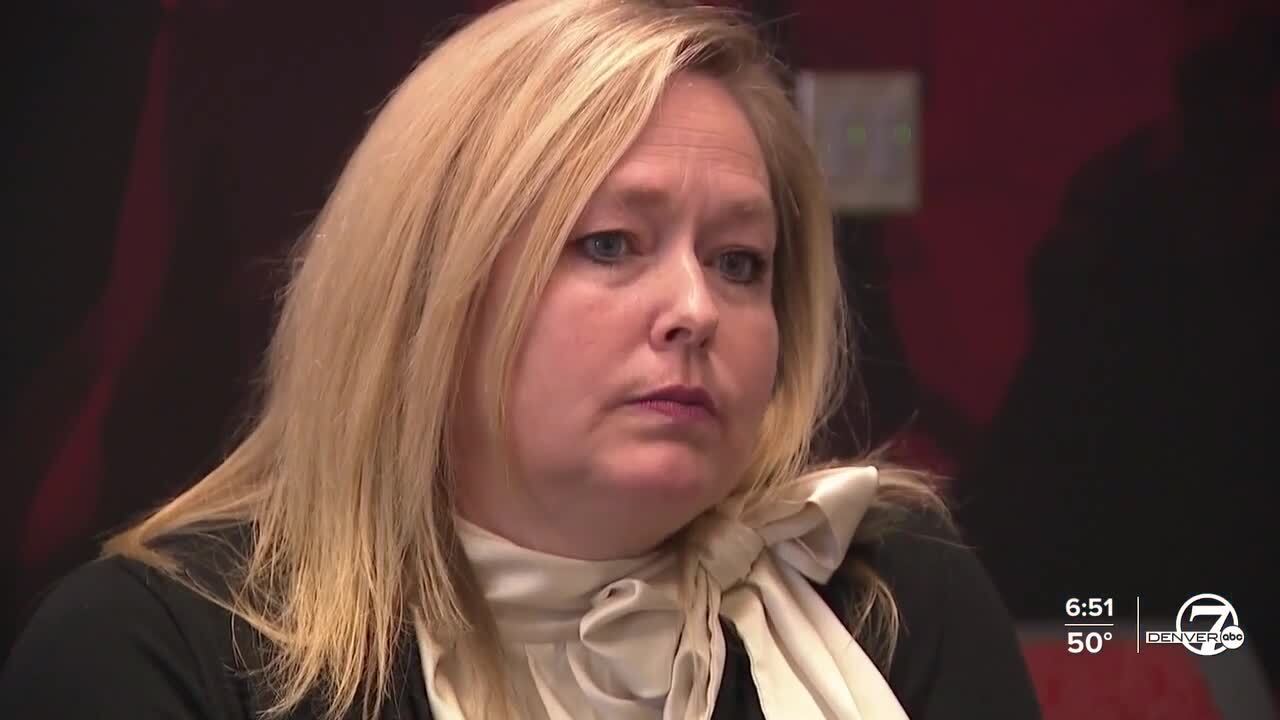AURORA, Colo. — The Cherry Creek School District (CCSD) is asking voters to pass a $950 million bond to address a backlog of maintenance and other capital improvements throughout the district. Part of the reason the 2024 request is so big is because the district scaled back a bond request in 2020 during the Coronavirus Pandemic. Construction and education costs have also risen in the past four years.
CCSD Chief Financial and Operating Officer Scott Smith said, the district currently has $300 million in deferred maintenance.

“We have 8 million square feet of space, and so when you think about what you do in your home, from roofs, windows, flooring, HVAC systems, all of those things that you have to do every 20 or 30 years as a homeowner. we have to do the exact same thing, just on a massively larger scale,” Smith said.
In addition to maintenance, the bond would pay for safety and security upgrades, including adding ballistic window film — which makes windows shatter resistant.
There are also plans for major renovations on older school campuses, including the Smoky Hill High School/Laredo Middle School campus – the Overland High School/Prairie View Middle School campus and the Cherry Creek High School campus.
The newer Cherry Creek Innovation Campus would also see a big expansion if the bond passes. CCIC just opened in 2019 but is already seeing wait lists for programs. The school offers career pathways including in the automotive, aviation, medical and culinary fields.
CCSD Deputy Superintendent Jennifer Perry said they want to add new career tracks and expand existing programs.

“We started working a couple years ago on a proposal about how this building could be added to and continue to grow to serve the kids and the needs and the employment path pipeline that we need to build in Colorado,” Perry said.
If voters pass the bond and a phased in mill levy increase on the ballot, it will mean a property tax increase of about $3 a month for every $100,000 of property value.
The district has been educating voters about how schools are funded, and how despite property taxes increasing in recent years, the district hasn’t received any additional money.
Where the bond money comes from explained in the video player below:
“The state controls the last dollar in and so when local property taxes go up, all that happens is the state cuts their share, dollar for dollar, and we end up in the same place,” Smith said.
He pointed out that marijuana sales tax revenue, which many believe funds education, only amounts to $200 million a year, largely set aside for rural districts. $200 million is the cost to build one comprehensive high school.
“We are thankful for any revenue that comes in to help K-12, but we routinely rank in the bottom 20% of states in how we fund public education here,” Smith said.



